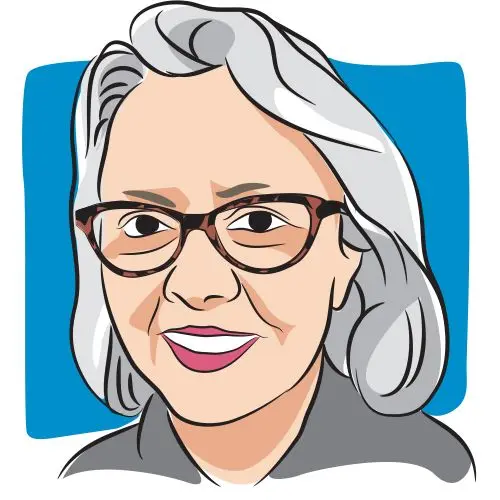Article
Keeping Hope Alive Through Metastatic Breast Cancer
Author(s):
Balancing hope and fear? I can do that.
There is standard of care for breast cancer patients that usually involves, in one order or another, surgery, radiation and chemotherapy. But all bets are off when you are faced with a diagnosis of metastatic breast cancer. There just isn’t a lot of research done on metastatic patients. That doesn’t mean that there isn’t progress though—sometimes the drugs that work so well on a similar but earlier-stage patient can work wonders for someone facing the very different prognosis that the word “metastatic” brings.
I hope I am one of those patients.
My hope is up, but not into the stratosphere.
For me, that is one of the troubles in dealing with cancer. I must be a cool realist while also still being able to maintain the magical thinking that comes along with a very mild form of denial. One of my most basic truths is that to live happily, one must live in a world with hope. But hope in the face of metastatic cancer requires a very special form of belief. The hopes that strengthen me are immediate—sometimes just an hour away. I hope for the warmth of a hug from my son, the smile in picture from my sister, the laughter at the gift one cousin sends another. Sometimes, though, the hopes relate specifically to my treatment.
And right now, I have those rose-colored glasses of hope pulled so tightly to my face that they might as well be implanted rose-colored contacts. I know that change can happen quickly in the world of a cancer diagnosis, but I have been lucky enough to respond so well to the initial chemotherapy that not only did all my doctors agree that I was a candidate for a lumpectomy (completed late last summer), they also recently agreed that I am patient who should receive standard radiation treatment as well.
This is not the norm. Two of the three doctors mentioned that the research is inconclusive about whether or not it benefits someone with a metastatic breast cancer diagnosis. It could. Or it could not.
But what it won’t do is end my life any sooner.
So that’s great news.
And it’s the kind of thing I want to remember every time someone shares something about how pharmaceutical companies and the government could have cured cancer by now if they weren’t just in it for the money made by chronic diseases. I am certain, though, that no one—not the government, not my doctor, not a pharmaceutical company—has set out to trick me by not making a drug that will cure my disease. And, yep, I know. I know that chronic diseases requiring years of medication do mean more money for companies.
They also mean a longer life for someone like me. Someone who would take a chronic disease over a fatal one any day of the week.
But the problem right now is that while I look like a chronic disease patient, no one knows if I actually am. So while I keep the positive spin going in my head, I also hear my doctors’ carefully-worded warnings about how the steps they are taking may not make a difference.
This limbo is a hard place to live. It’s a struggle to simultaneously keep my hopes in check and keep my fears under tight control. It means good news has to be just good news for that day, but the same must be said about bad news. I tell myself that I am not dying today and that this must be enough. And then I go outside, take a look at the beautiful world seen through the eyes of an optimist, and tell myself that I won’t die tomorrow, either.




